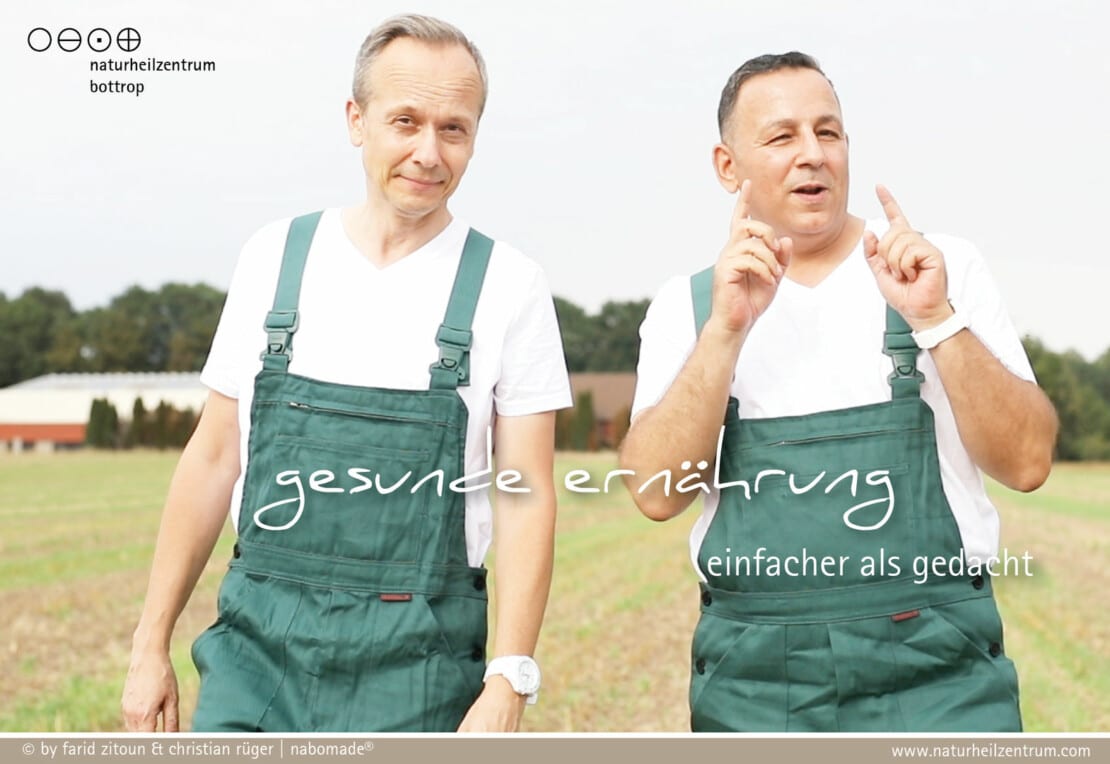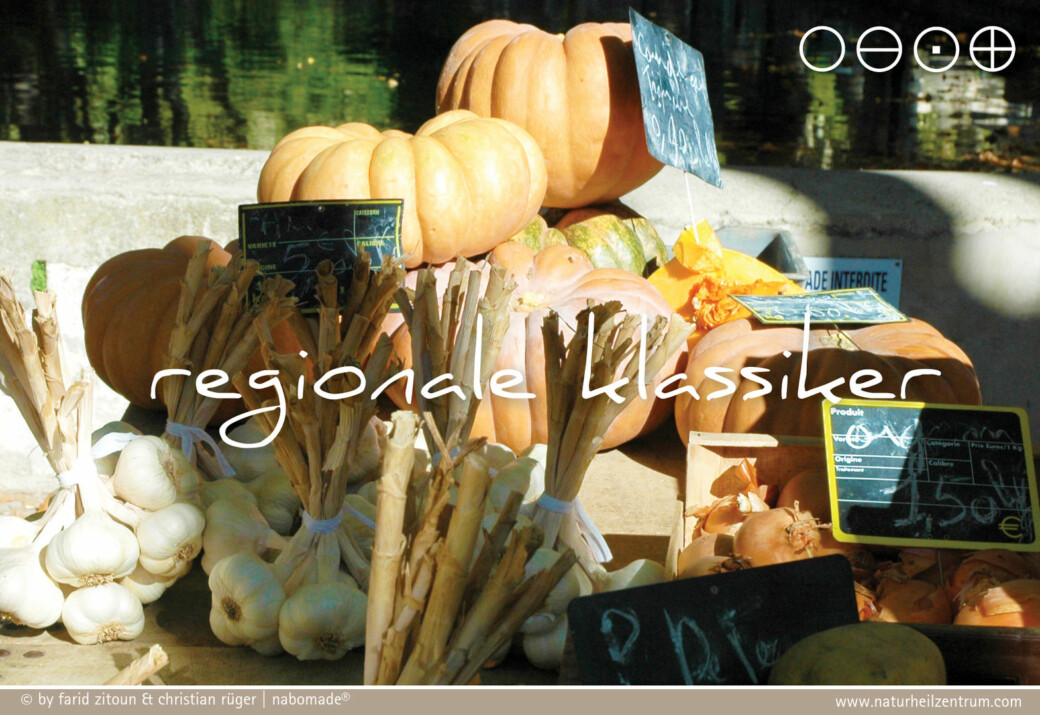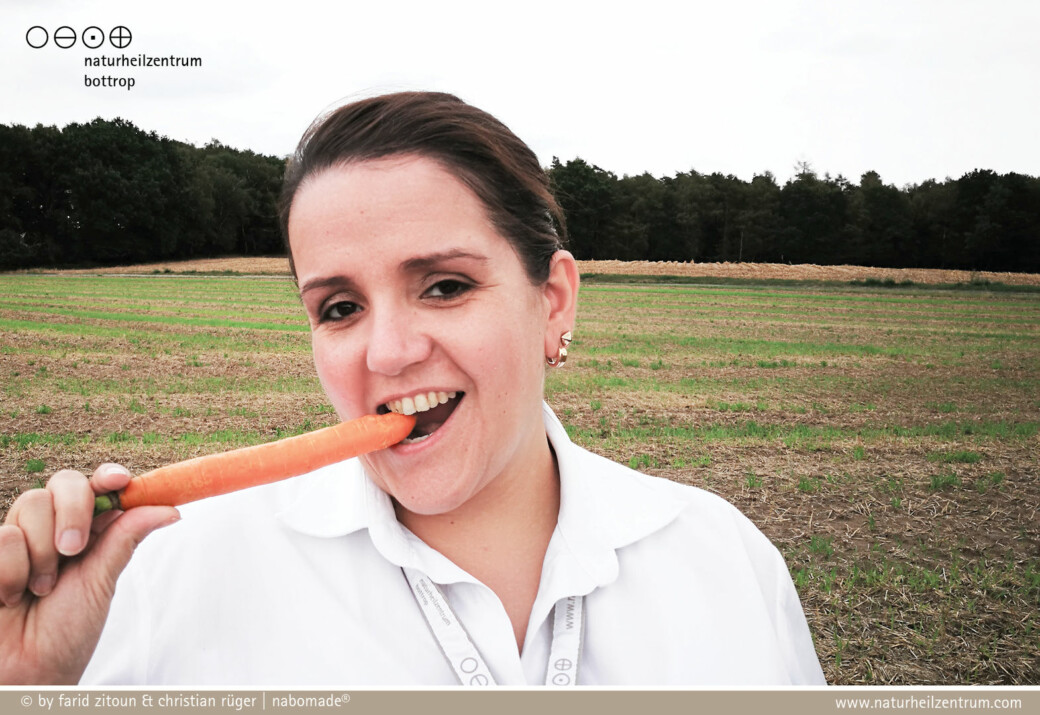Old Vegetables Newly Discovered: Food Trend or a New Edition? – Naturheilzentrum Bottrop News

On the field with Nabo: Terrific tubers & Co. will help you get fit for winter
Food trends now change almost weekly – today it’s ‘low carb’, tomorrow it’ll be ‘smoothies’ (“Nabo News: The green smoothie trend – this is how good for your health it can be”: https://naturheilzentrum.com/en/news/smoothie-what-you-should-know/), and next week it’ll be ‘insect burgers’. Consumers are finding it increasingly difficult to keep up with the latest trends. The good news – this isn’t necessary at all. Because not only can ‘new’ foods be hip and healthy, but so too can vegetables which have a ‘long tradition’.
Whether it’s parsnips, beets or linseed – ‘old vegetables’ have already outlasted almost everything that modern food trends promise. Not only are they really healthy, but they also do a lot for local agriculture under the motto ‘regional and seasonal’ (Nabo News – regional and seasonal: just hype or is it really much better for everyone?: https://naturheilzentrum.com/en/news/health-tip-nabomade-regional-seasonal-shopping-conscious-nutrition/).
In a practical test conducted by Naturheilzentrum Bottrop (‘Nabo’ for short), the team shows what is behind healthy tubers and vegetables – and why they are a valuable part of a balanced diet.
Parsnips, beets and Jerusalem artichokes: Absolute enrichment for your diet in the fall and winter – even if you have diabetes
Tubers and roots such as parsnips or typical German beets are considered classic winter vegetables. In the case of parsnips, this is because they are harvested after the first frost. This ensures that the vegetables develop their typical taste by converting the starch into sugar. This is also the case with kale – which should be harvested after the first frost, as well. Without this process, the parsnips will taste like a mixture of carrots and potatoes.
The parsnip, beet, and Jerusalem artichoke are particularly prized as energy sources -they contain carbohydrates, but at the same time, they are also very filling and can also be used as a component of weight-reduction diets. “They have hardly any effect on the insulin level, and are therefore also ideally suitable for diabetics,” explains the Bottrop-based naturopath, Farid Zitoun. Numerous recipes make it possible to spice up your own diet plan with ‘terrific tubers’ e.g. as a soup, as a salad or puree, or as a side dish, making it tasty, rich in vitamins, and thereby healthy.

Fulfil the vitamin requirement with winter vegetables
To get through the winter with your health intact and survive the cold season as free from infection as possible, the health and lifestyle bloggers, Zitoun and Rüger from the Bottrop Center for Integrative Medicine recommend a vitamin-rich mixed diet. This is also backed up by the German Nutrition Society. “Black salsify, carrots or beetroot, in particular, provide the exact vitamins that the body desperately needs in winter, and therefore virtually offer all-round care,” explains the naturopath, Christian Rüger.
Incidentally, vegetables do not have to be boring! During the often monotonous winter and on cloudy days, it is especially advisable to ensure that colorful variations appear on your plate – providing a feast for the eyes and enjoyment of the visual variety. In combination with Asian elements or influences from Mediterranean cuisine, it is also possible to conjure up completely new creations and discover taste sensations with a little bit of imagination from regional vegetables. How about roasted parsnips? In combination with pasta, they are a unique culinary delight. ( – the recipe can be found on the naboblog: https://naturheilzentrum.com/en/blog/superfood-fitness-and-health/)

Dijana Djukanovic is a staunch fan of winter vegetables.







